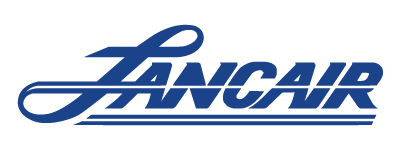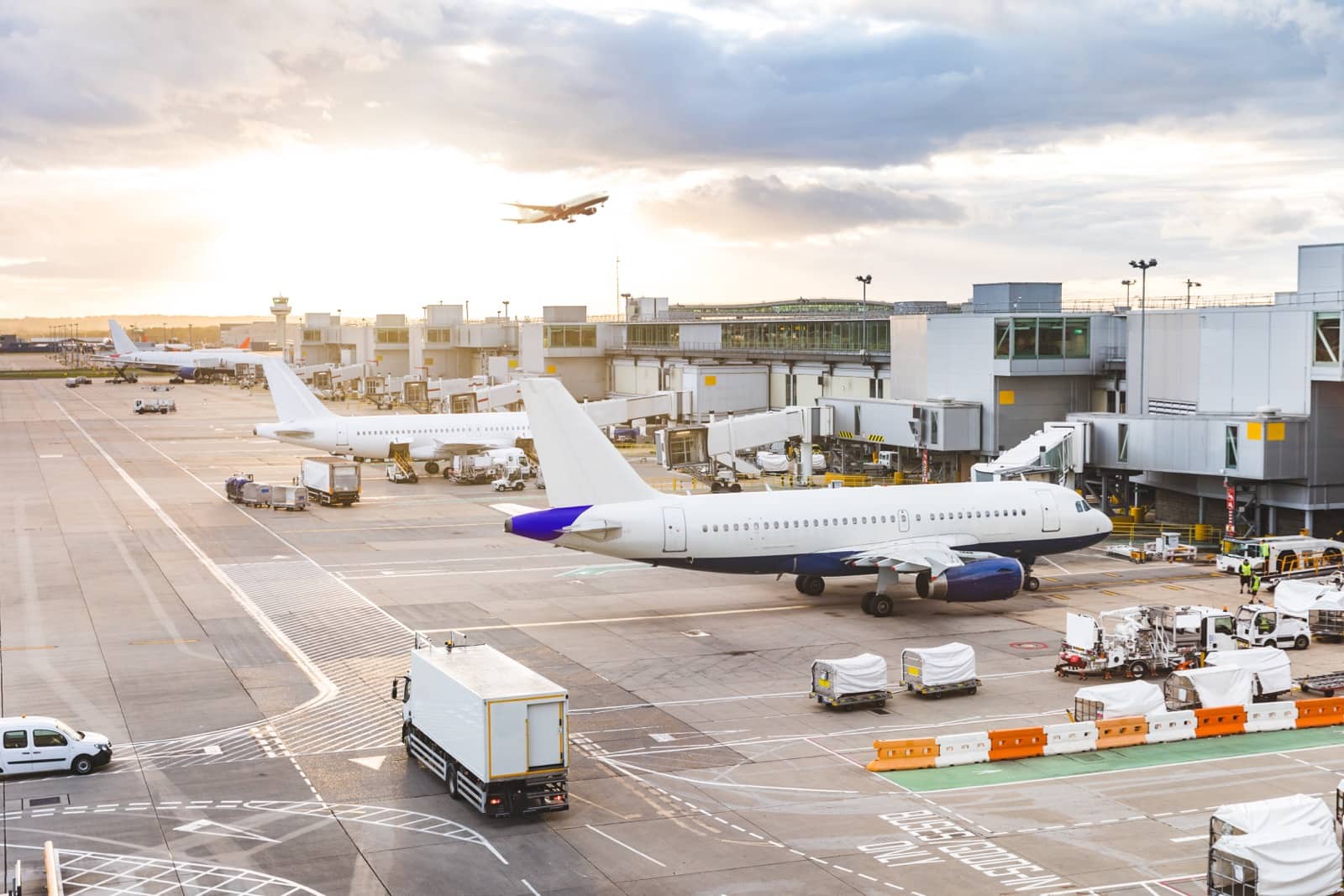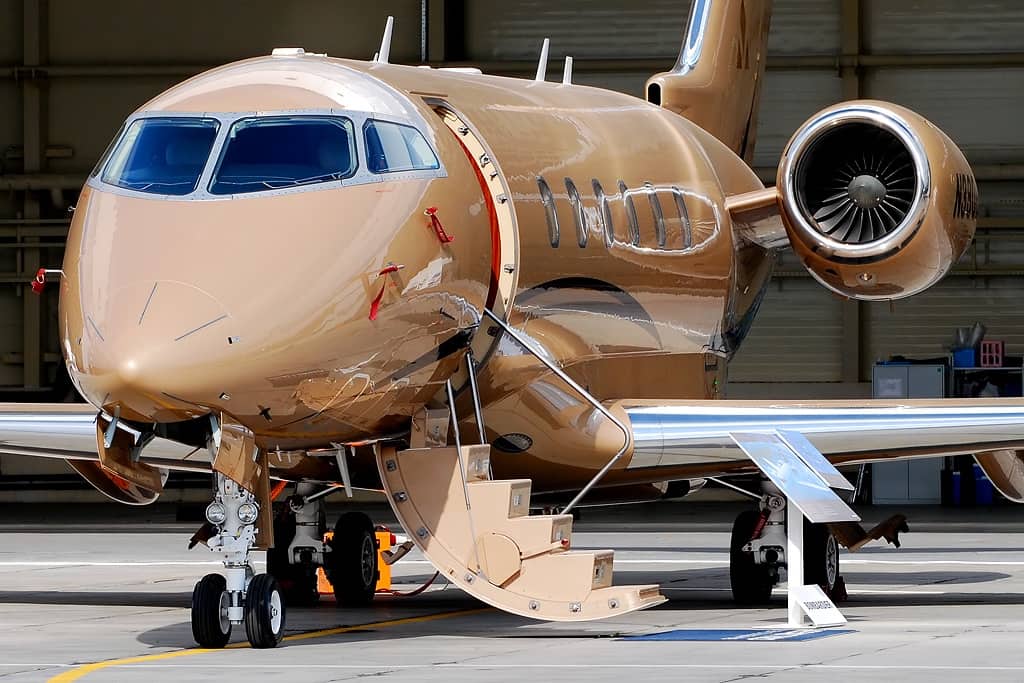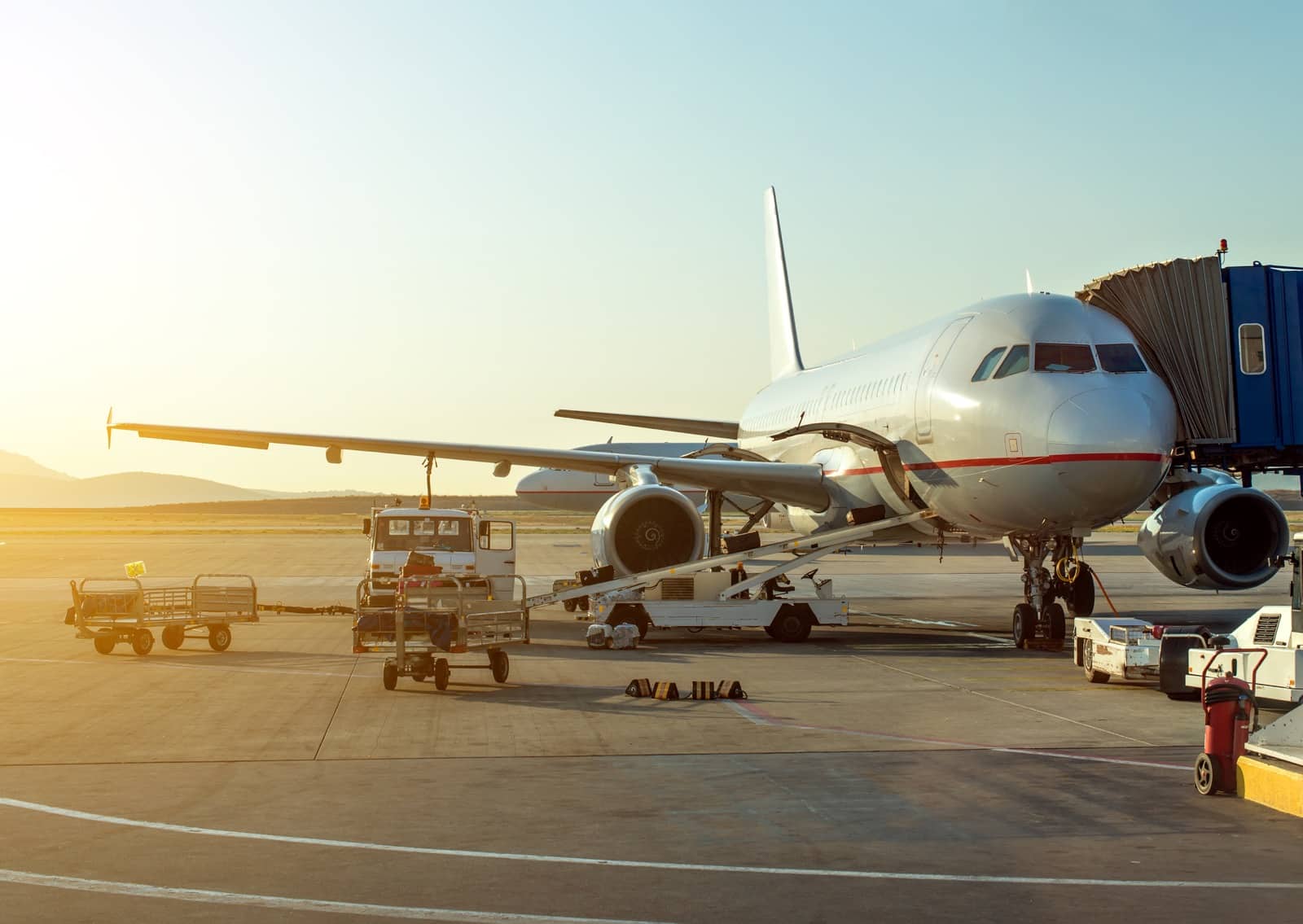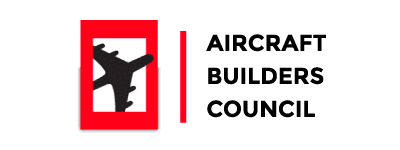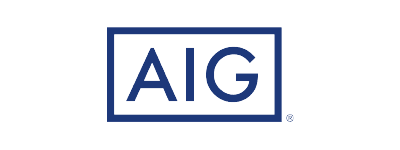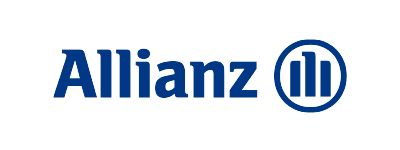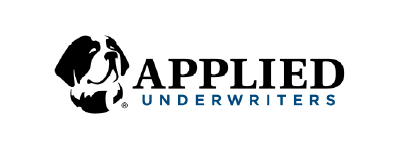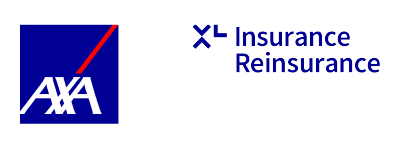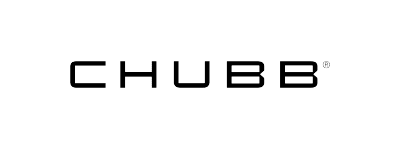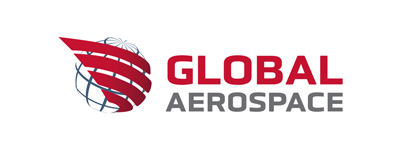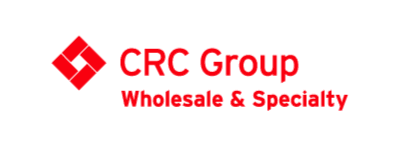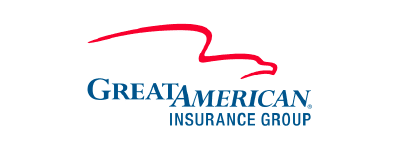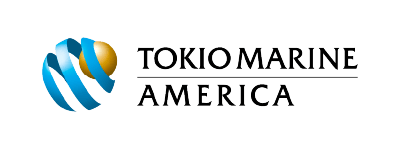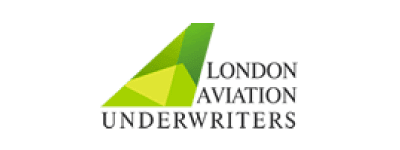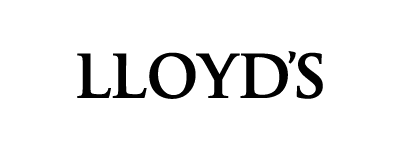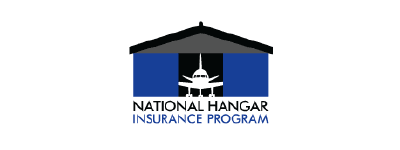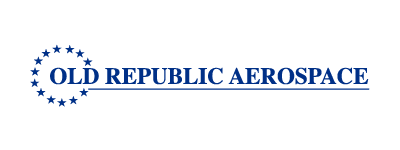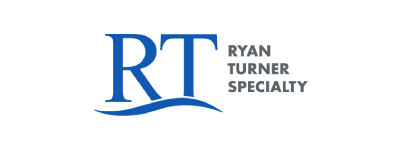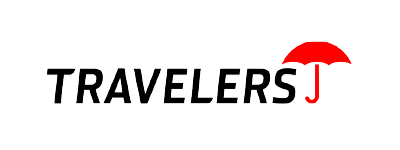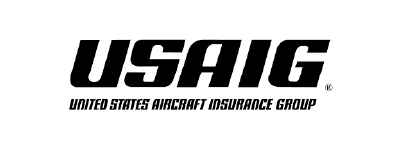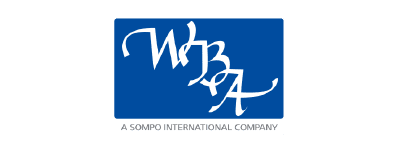Coverage Highlights
What Our Clients Are Saying...
Types of commercial aviation insurance we offer
Airport Premises Liability
This coverage includes bodily injury and property damage liability arising out of the ownership, maintenance, or use of the airport premises described in the declarations.
The owner of an airport or portions such as a Fixed Base Operator has the same general type of liability exposure. Airport operators owe a duty to a wide range of people and litigation may arise from a variety of events occurring on, and off, the airport premises. The main sources of litigation may be summarized under two headings:
-
Aircraft operators such as aircraft accidents, fueling, aircraft in the care, custody or controls of the operator, and maintenance and service work.
-
Premises operations such as falling, special events, tenants and contractors, and vehicle traffic.
Aviation insurers offer a wide variety of airport premises liability policies designed to fit the particular needs of the airport owners, operators, and lessees, whether they are individuals, partnerships, corporations, municipalities, or governmental organizations.
Aviation Commercial General Liability
We often seen aviation commercial general liability insurance for FBOs, hangar owners for commercial rental, and maintenance companies. The Commercial General Liability adds coverage for: products and completed operations liability, personal and advertising liability, and hangarkeeper’s liability.
Products Liability
Aviation products liability can refer to many different types of aviation commercial operations such as MROs, Manufacturers, Fuel Providers, and sale of aircraft and parts.
FBO Insurance
Fixed Based Operators Check out our FBO insurance policy
Aircraft Charter Operations
Part 135 charter operations is a very common type of commercial aircraft insurance where passengers are paying for transpiration for hire. The aircraft insurance for charter is still aircraft hull and liability insurance but for commercial operations and typically rated slightly higher than private aircraft.
Hangarkeeper’s Liability
Hangarkeeper’s liability protection covers for loss or damage to aircraft which are the property of others and in the custody of the owner for safekeeping, storage, or repairs. If the hangar owner has a much of Gulfstream or Bombardier Global 7500 aircraft in storage they will want to have sufficient coverage limits for property damage such as $200,000,000 per occurrence.
Dry Leases
One of the common misconceptions held by pleasure and business and industrial aid operators is the notion that their hull and liability policy covers reimbursement by other so long as no profit is made. Under Part 91 operations, you cannot profit from your aircraft by charging others for its use, although you can accept payment to cover operating expenses. Aviation insurers reason that their limitation of coverage under conditions where reimbursement is being made is to clearly distinguish between commercial and non commercial risks.
Most aviation insurers will endorse a noncommercial policy without charge to avoid any conflict resulting from reimbursement arrangements provided they are notified in advance.
It’s common to see insurance companies charge $1,500 per dry leases because they are extending coverage to a third party for additional operating exposure and the lessee frequently requests to be listed as additionally insured on the policy.
What are common options for hull coverage?
The most common option for hull coverage is to insured the aircraft for what it is worth. Over insuring or under insuring will cause a Moral risk. In the event of a total loss – if the aircraft is under insured, the insurance company has the right to take the aircraft and pay the agreed value. If it is overinsured, you may find your aircraft will be in a maintenance shop undergoing extensive repairs when it should have been written off as a total loss.
Already have hull & liability insurance?
One of the most common questions we get as insurance brokers is, “If I already have insurance on my aircraft, can any other broker get me quotes or am I locked in with my current broker?”
The aircraft insurance industry is a very small industry. There’s often somewhere between 15-20 underwriters, total. If your current broker makes a submission to certain companies within a 90 day renewal period, it blocks other brokers from receiving the right to quote. The reason it works this way is because it’s a small industry and underwriters receive 30-50 different submissions a day. If they had to quote every submission 2-3 times it would make their workload overwhelming and your rates increase.
Questions to provide your insurance carrier
We are now in a period where underwriters no longer just quote a hull and liability limit. They are taking a much more controlled and hands on look at an aircraft hull liability insurance policy.
- Who owns the company? LLCs are often holding companies. What is the names and percentages of ownership?
- What is the effective date or renewal date? Aviation Insurance companies don’t like to quote or compete for new business when there’s an existing policy unless it’s coming up for renewal. Your renewal is the time to negotiate these terms, not mid term.
- What is the details of the operation? Are there dry leases? Is there any non-owned exposure where the insured is fly other aircraft? How many hours does the aircraft fly per year? What is the average passenger load? Is there any international exposure? Where does the aircraft typically fly to?
Our Partners
Aircraft We Cover

Aero Commander IAI Westwind / 1123 / 1124 / II
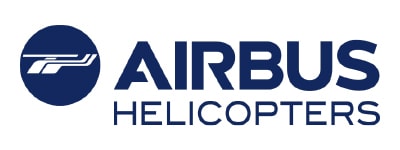
Airbus
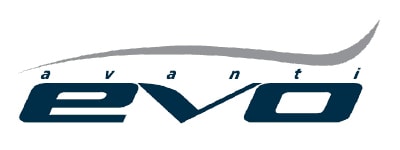
Avanti EVO
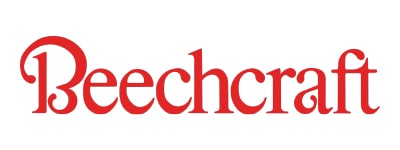
Beechcraft

Beechcraft Baron / G58

Beechcraft Baron 58P / TC

Beechcraft Bonanza / G36

Beechcraft Denali

Beechcraft King Air 100

Beechcraft King Air 200

Beechcraft King Air 250

Beechcraft King Air 260

Beechcraft King Air 360 / ER

Beechcraft King Air 90

Beechcraft Premier I

Beechcraft Super King Air 300 / 300LW

Beechcraft Super King Air 350 / 350C / 350i / 350iER

Bell
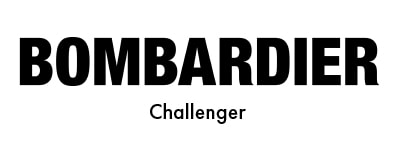
Bombardier Challenger

Bombardier Global
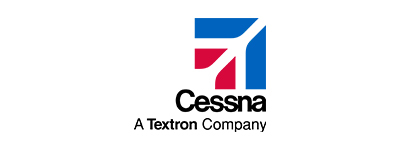
Cessna
Cessna 172
Cessna 182
Cessna 206
Cessna 210
Cessna 414 Chancellor
Cessna 421 Golden Eagle
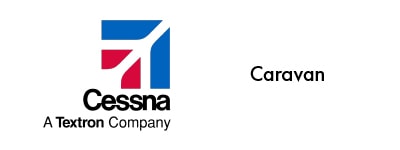
Cessna Caravan
Cessna Caravan 208
Cessna Citation 525
Cessna Citation Bravo
Cessna Citation CJ1
Cessna Citation CJ2
Cessna Citation CJ3
Cessna Citation CJ4
Cessna Citation Encore
Cessna Citation Excel
Cessna Citation I / 500
Cessna Citation II/SP
Cessna Citation III
Cessna Citation Latitude
Cessna Citation Longitude
Cessna Citation M2
Cessna Citation Mustang
Cessna Citation S/II
Cessna Citation Sovereign
Cessna Citation V / Ultra
Cessna Citation VI / 650
Cessna Citation VII / 650
Cessna Citation X / 750
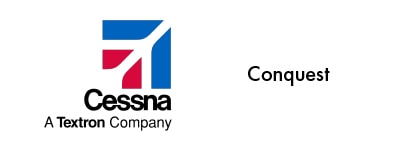
Cessna Conquest
Cessna Conquest I / 425
Cessna Conquest II / 441
Cessna Grand Caravan 208B EX
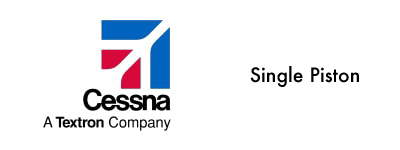
Cessna Single Engine Piston
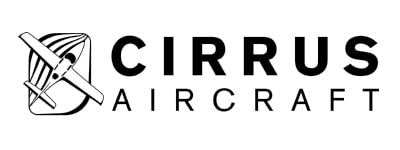
Cirrus

Cirrus SR20

Cirrus SR22

Cirrus Vision Jet SF50
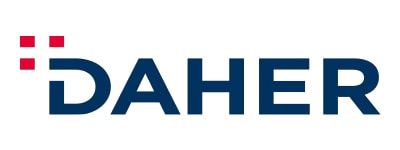
Daher

Daher Kodiak 100

Daher-Socata TBM-700

Daher-Socata TBM-850

Daher-Socata TBM-900

Daher-Socata TBM-910

Daher-Socata TBM-930

Daher-Socata TBM-940

Daher-Socata TBM-960
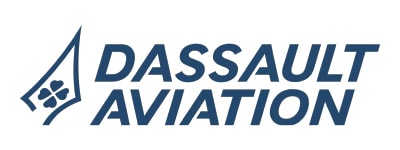
Dassault Falcon
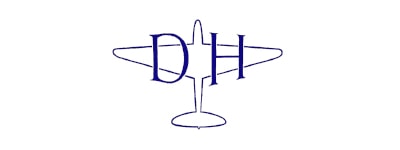
De Havilland Canada

De Havilland Canada DHC-3 Otter

De Havilland DHC-2T Turbo Beaver

Diamond

Diamond Aircraft DA40 Diamond Star

Diamond Aircraft DA42 Twin Star

Diamond Aircraft DA50 / DA50 RG

Diamond Aircraft DA62 / DA52
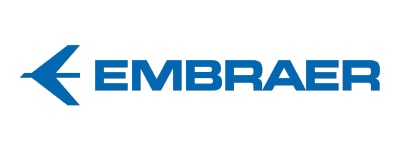
Embraer

Embraer Legacy 450

Embraer Legacy 500

Embraer Legacy 600

Embraer Legacy 650 / E

Embraer Legacy Shuttle

Embraer Lineage 1000 / 1000E

Embraer Phenom

Embraer Phenom 100 / 100E / 100EV

Embraer Phenom 300 / 300E

Embraer Praetor 500

Embraer Praetor 600
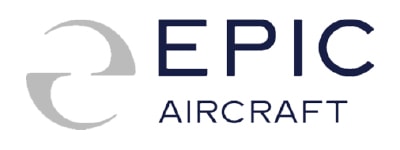
Epic

Epic E1000

Epic E1000 GX
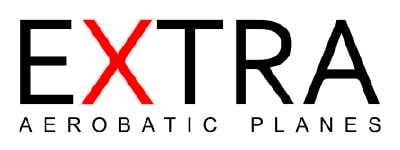
Extra
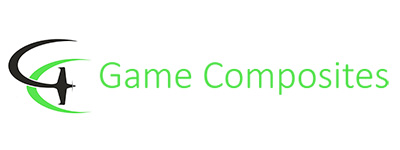
Game Composites
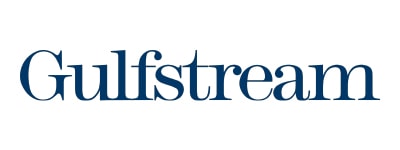
Gulfstream
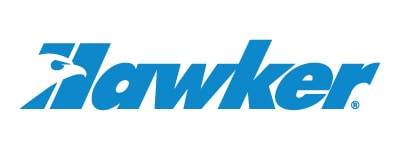
Hawker
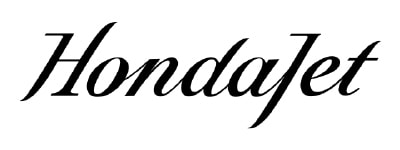
Honda Jet
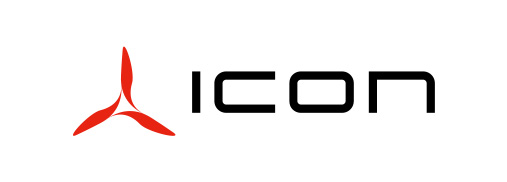
Icon

Icon A5
